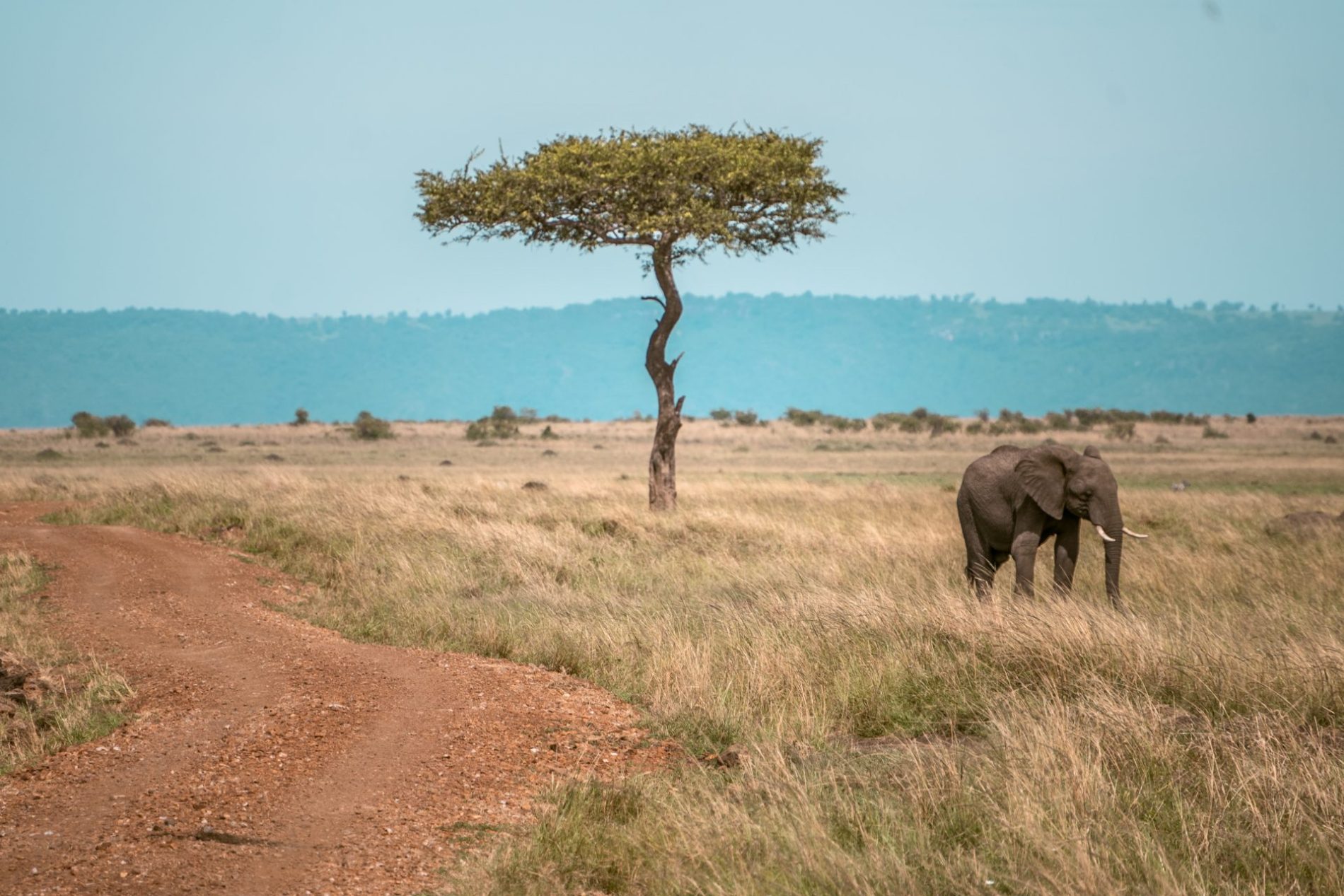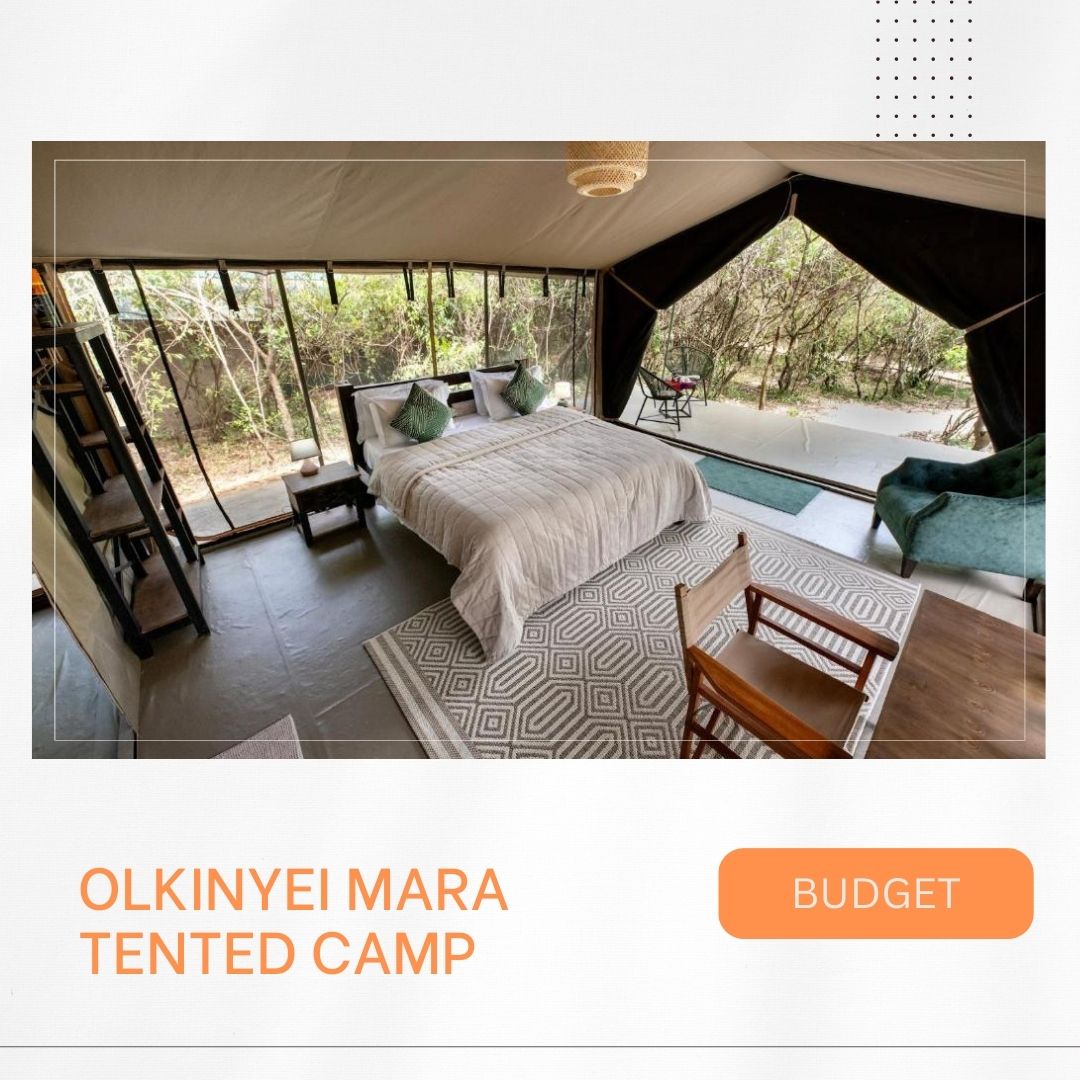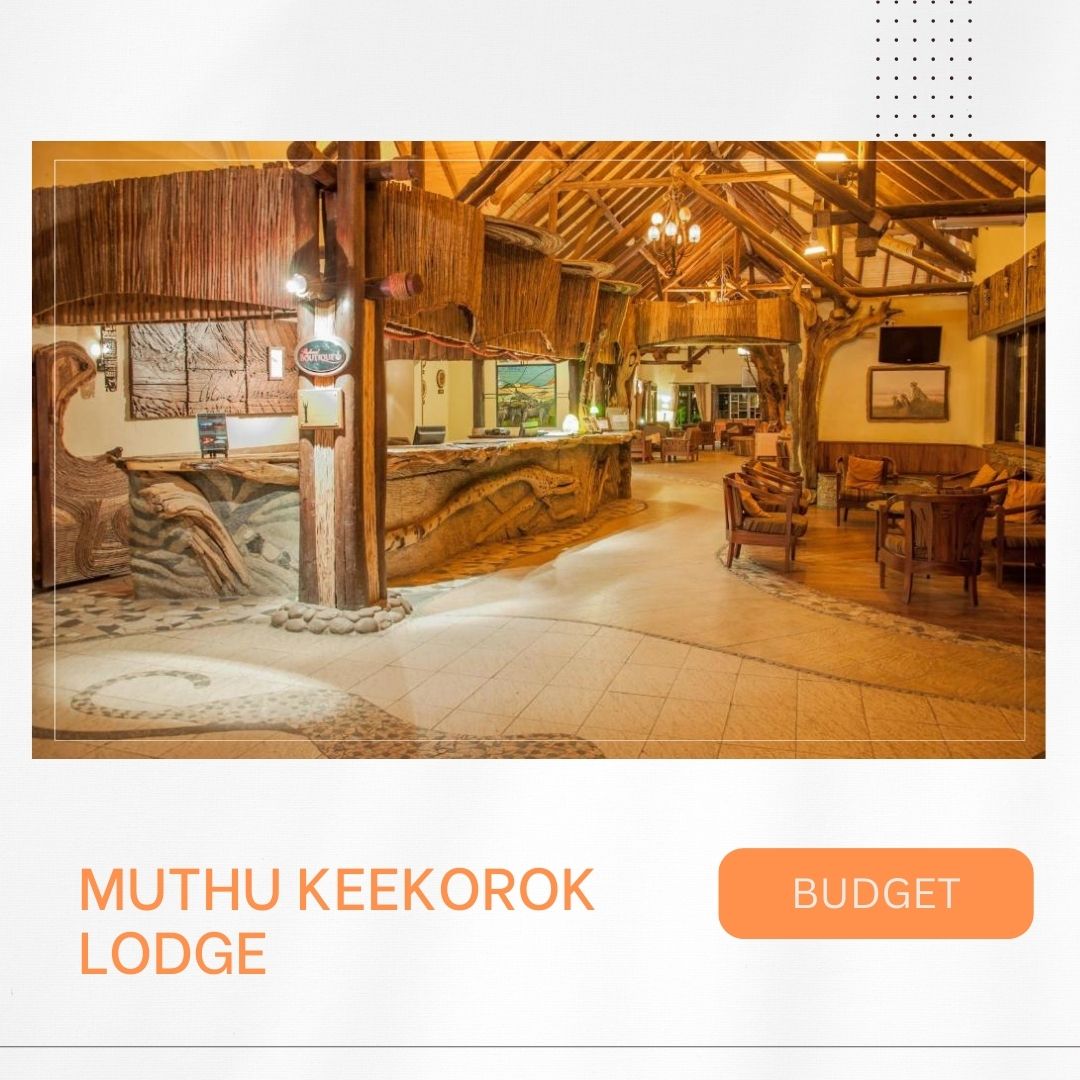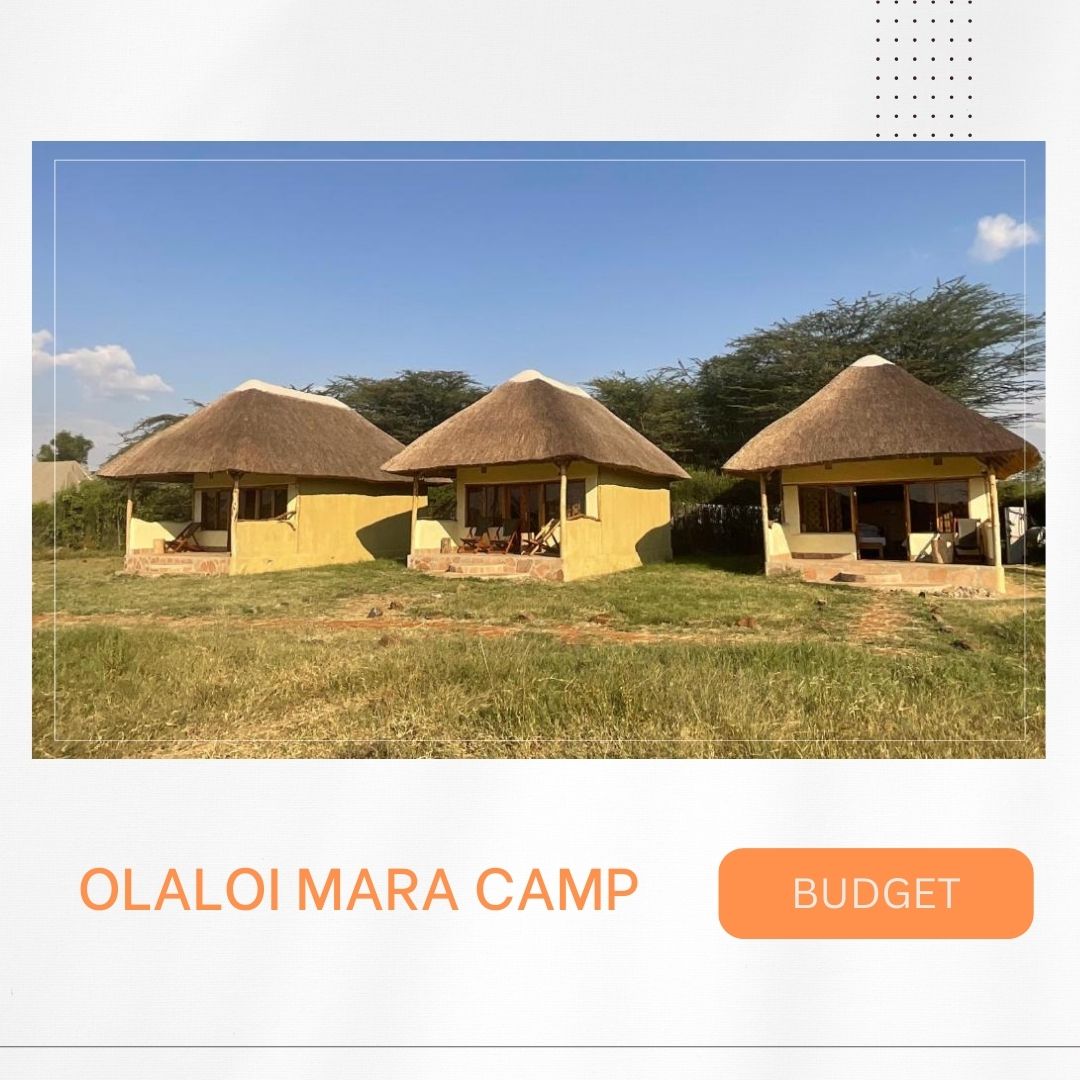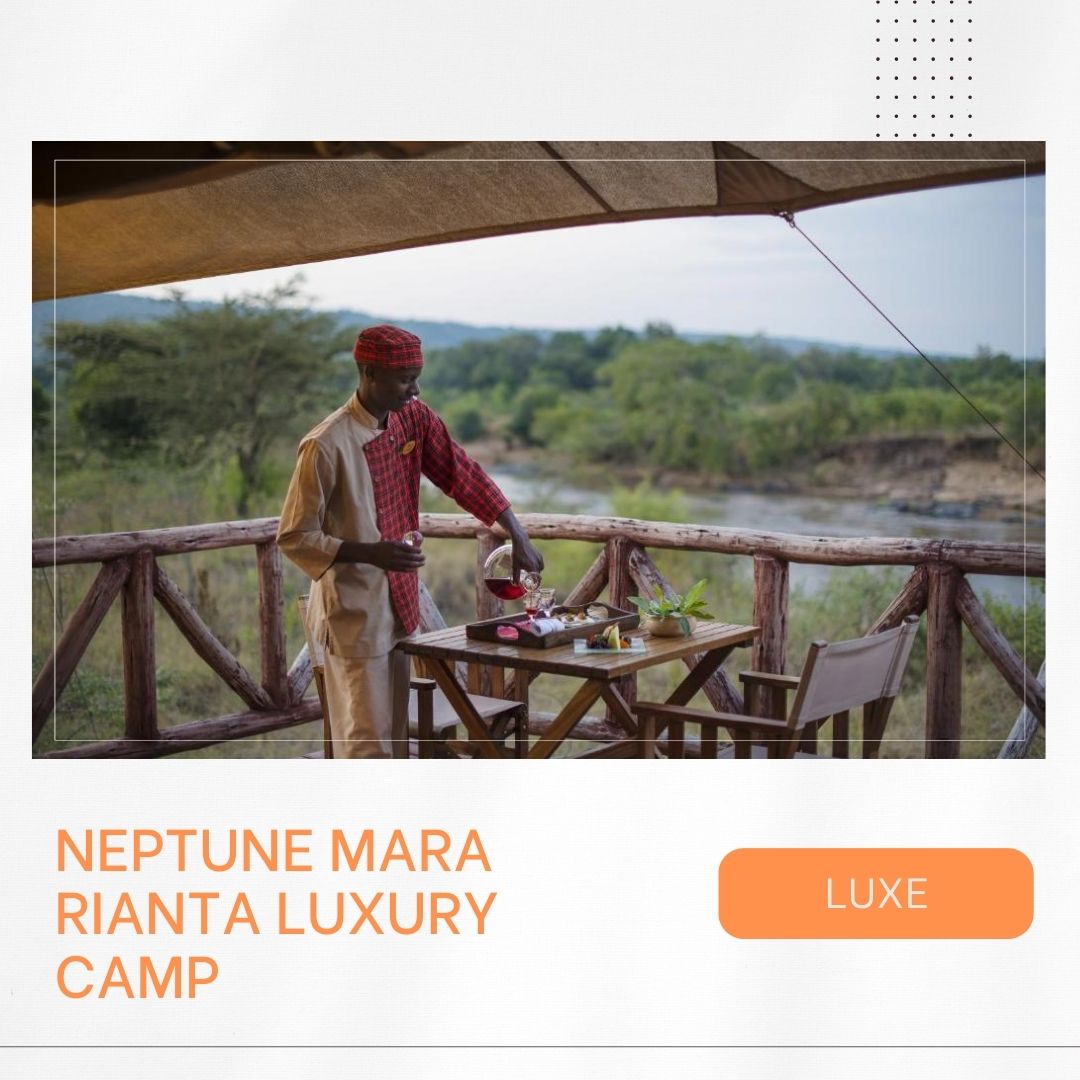Masai Mara, also known as Maasai Mara, is the first national park we visited during our trip through Kenya. This is the most famous park in Kenya and was undoubtedly one of the highlights of our trip. This park is located in the southwest of Kenya and borders the well-known Serengeti National Park in Tanzania. Masai Mara is especially known for the Great Migration, where millions of wildebeests, zebras, and gazelles cross the river while crocodiles lie in wait. But it has so much more to offer! In this blog article, I share all my practical tips for an unforgettable safari in the Masai Mara National Park. Incl. the coolest activities and most beautiful accommodations in this park!
About Masai Mara National Park
Masai Mara owes its name to the Maasai tribe. A colorful nomadic people in East Africa, mainly settled in Tanzania and southern Kenya. The tribe no longer lives in the park itself, but around the Masai Mara national park, they live in villages according to ancient traditions. I definitely recommend visiting one of these villages, but more on that later!
The park boasts an enchanting landscape, with endless savannas stretching out and acacia trees sharply contrasting against the horizon. “Mara” means “spotted” in Maasai, referring to the many small bushes scattered across the plain. The Mara River flows through the park, where you can spot numerous hippos and crocodiles.
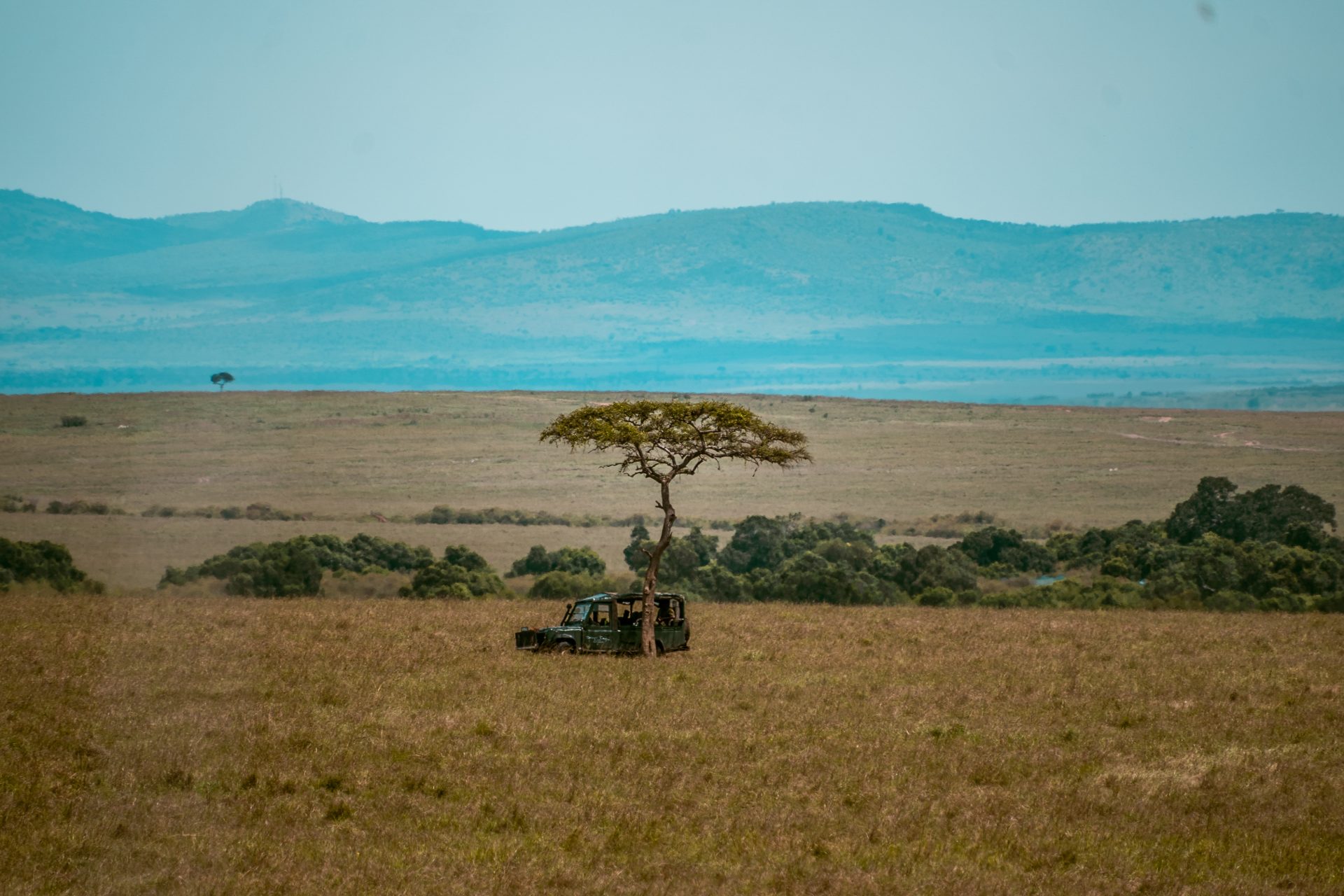
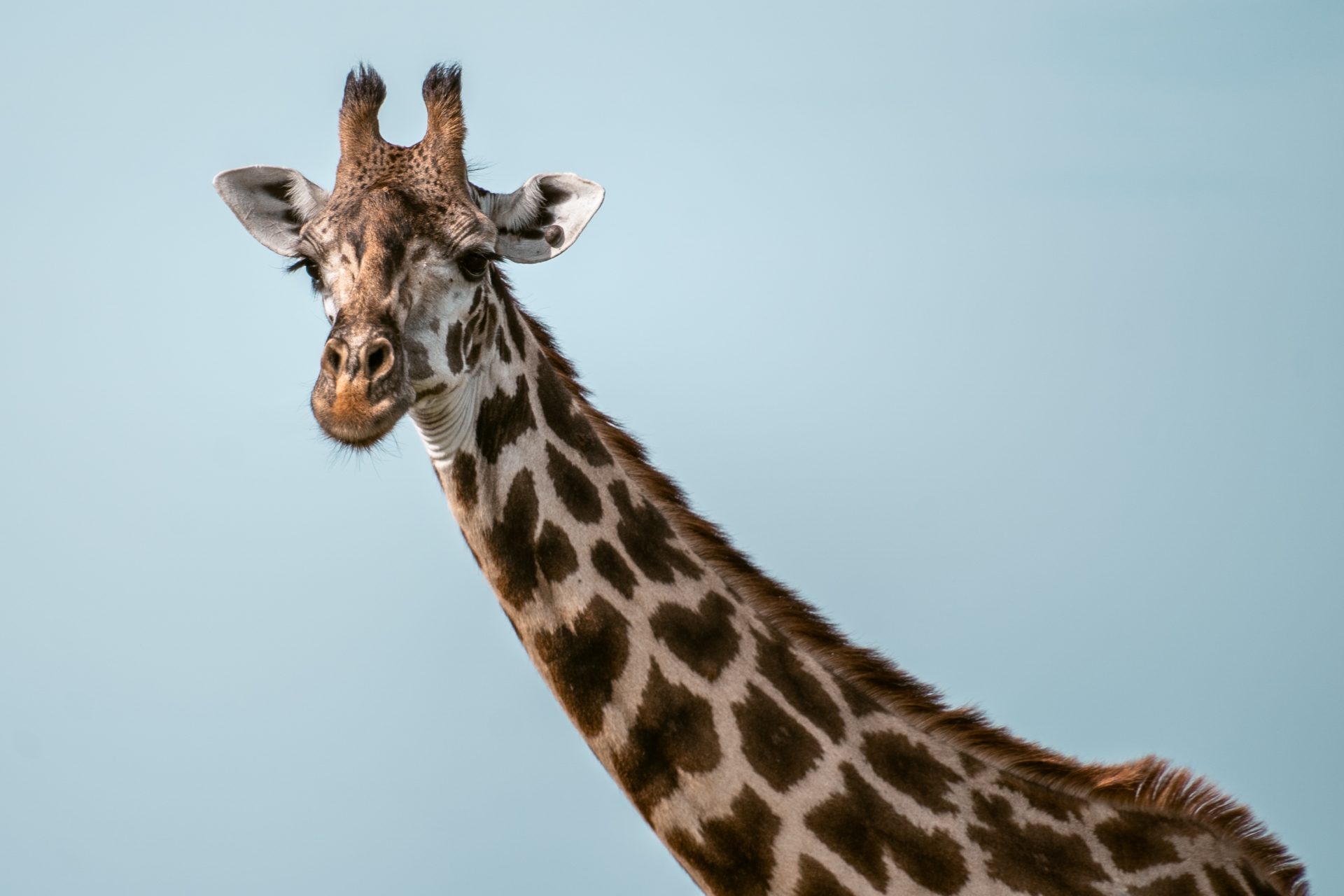
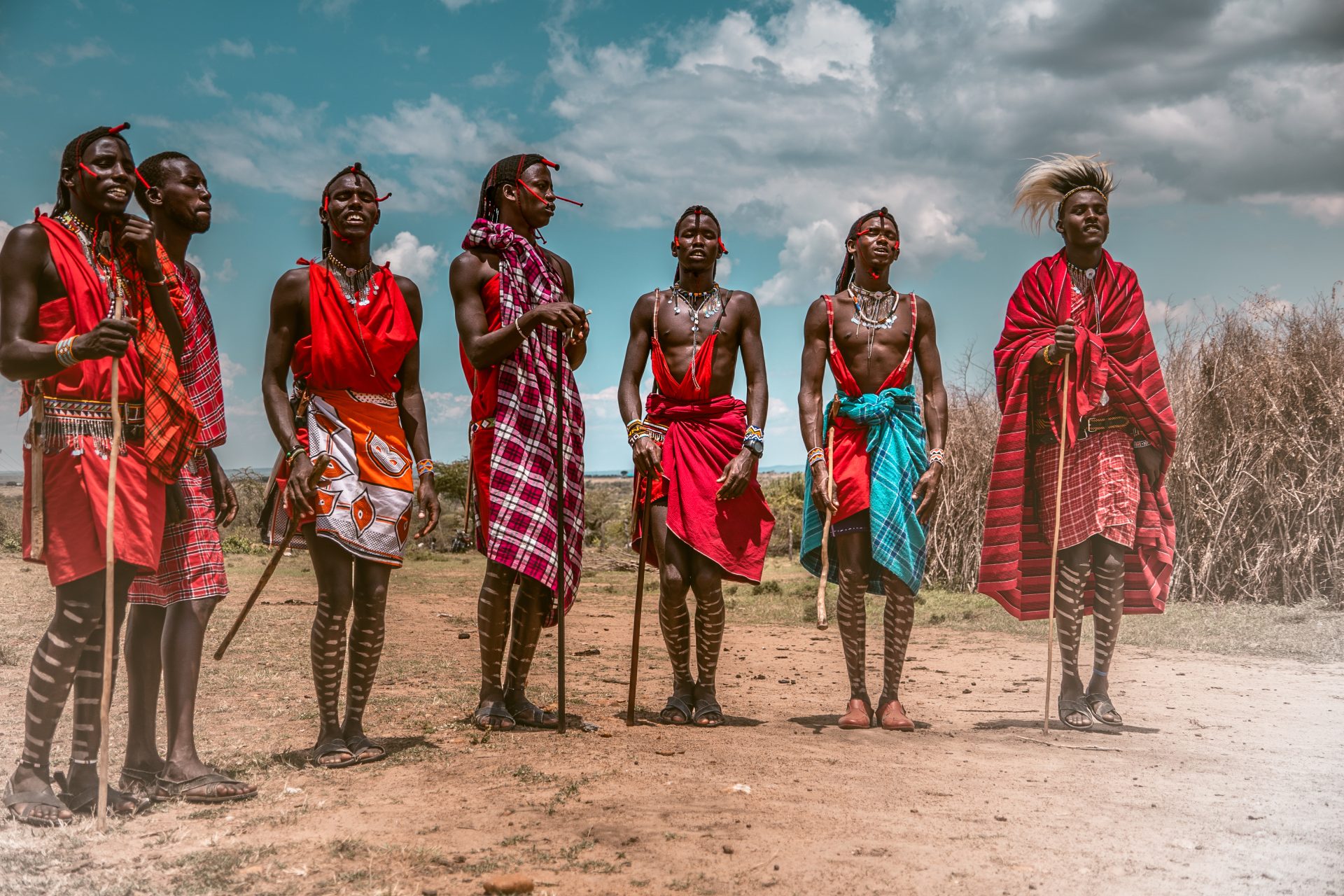
Masai Mara with or without a Tour?
A tour is the best option to visit the Masai Mara National Park. An experienced guide knows the best spots in the park to spot wildlife. There are areas where more lions or leopards are found or where you have a higher chance to spot hyenas. Thanks to their experience, they spot wildlife much faster, and we saw wild animals that we would never have noticed ourselves. We traveled through Kenya with Africa Safari, and everything was perfectly arranged! With your own private driver, you are much more flexible and can choose where and when to make a stop.
The cheapest option is undoubtedly booking a group tour from Nairobi. Most tours visit the park’s highlights in three days in a comfortable jeep with a pop-up roof.
Are you traveling through Kenya with a rental car? Be sure to choose a 4×4, as most roads are unpaved. Keep in mind that since July 1, 2024, self-driving is prohibited in the Masai Mara National Park. It is mandatory to go with a driver/guide. You can arrange this at the park entrance if needed.
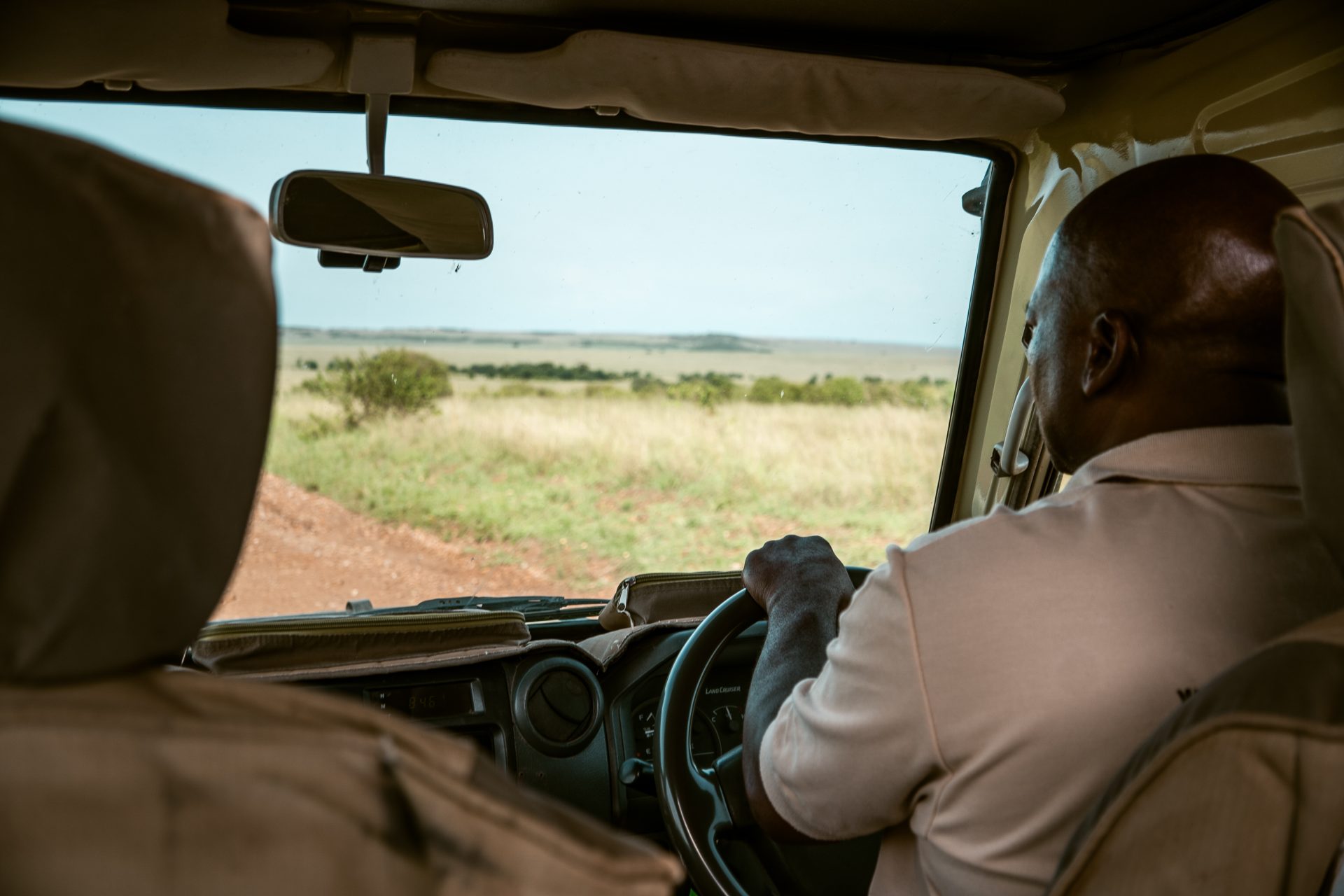
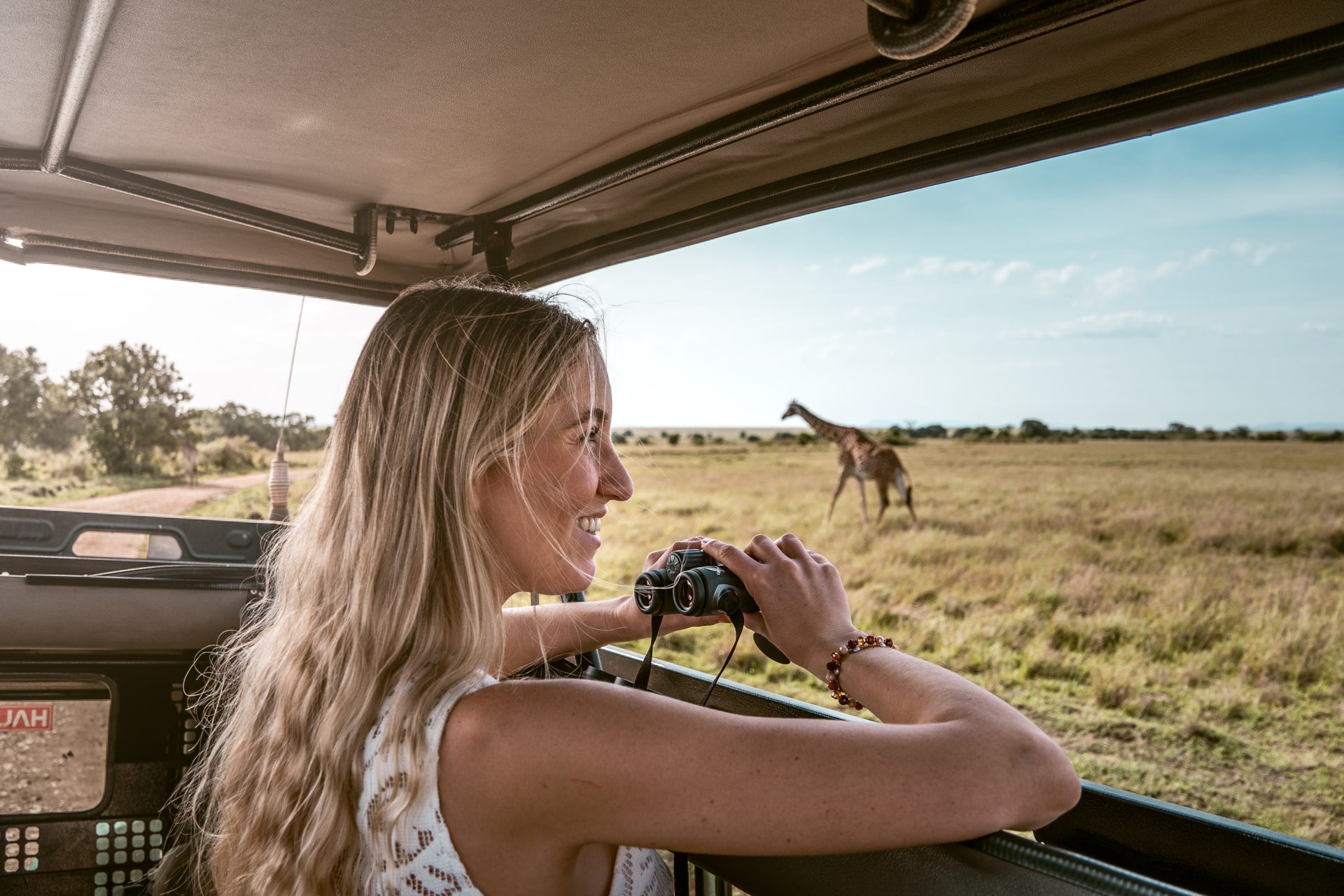
How many Days to visit Masai Mara?
Masai Mara is about a six-hour drive from the capital Nairobi – or a 45-minute flight. A day trip is too short to visit this park. I recommend staying at least two nights in or around the Masai Mara Reserve. We also stayed here for two nights, where we had time for a walking safari near our camp on the first evening. On day two, we had a full day to explore the park and come face to face with wildlife.
Reserve Entry Fee
The cost for the park in 2025 is $100 per person from January 1 to June 30 and $200 per person from July 1. Children up to 8 years have free access to the park, and children from 9 to 17 pay $50 per day. For this price, you have 24-hour access to the park. Keep an eye on prices via the official website, as they can change annually.
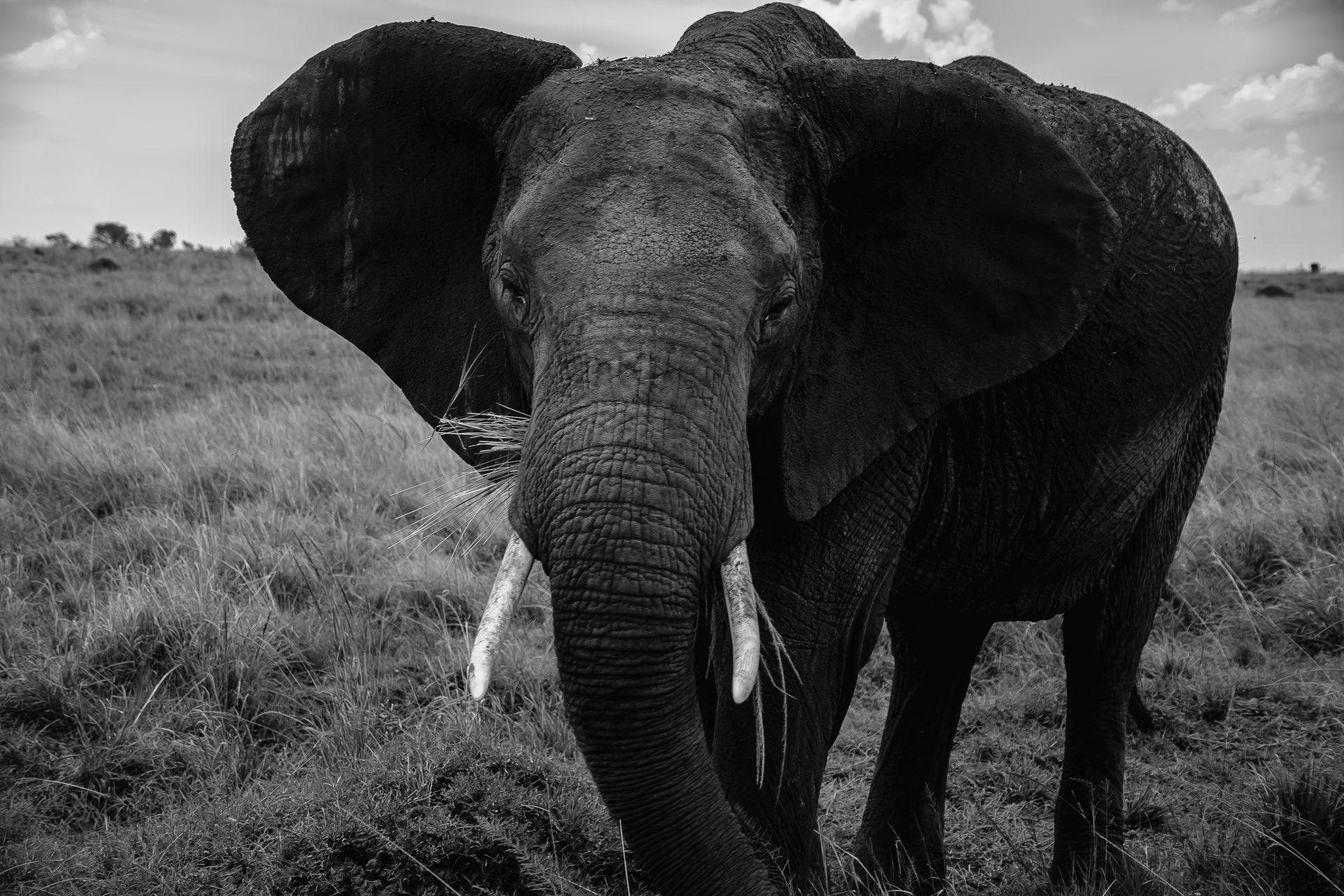
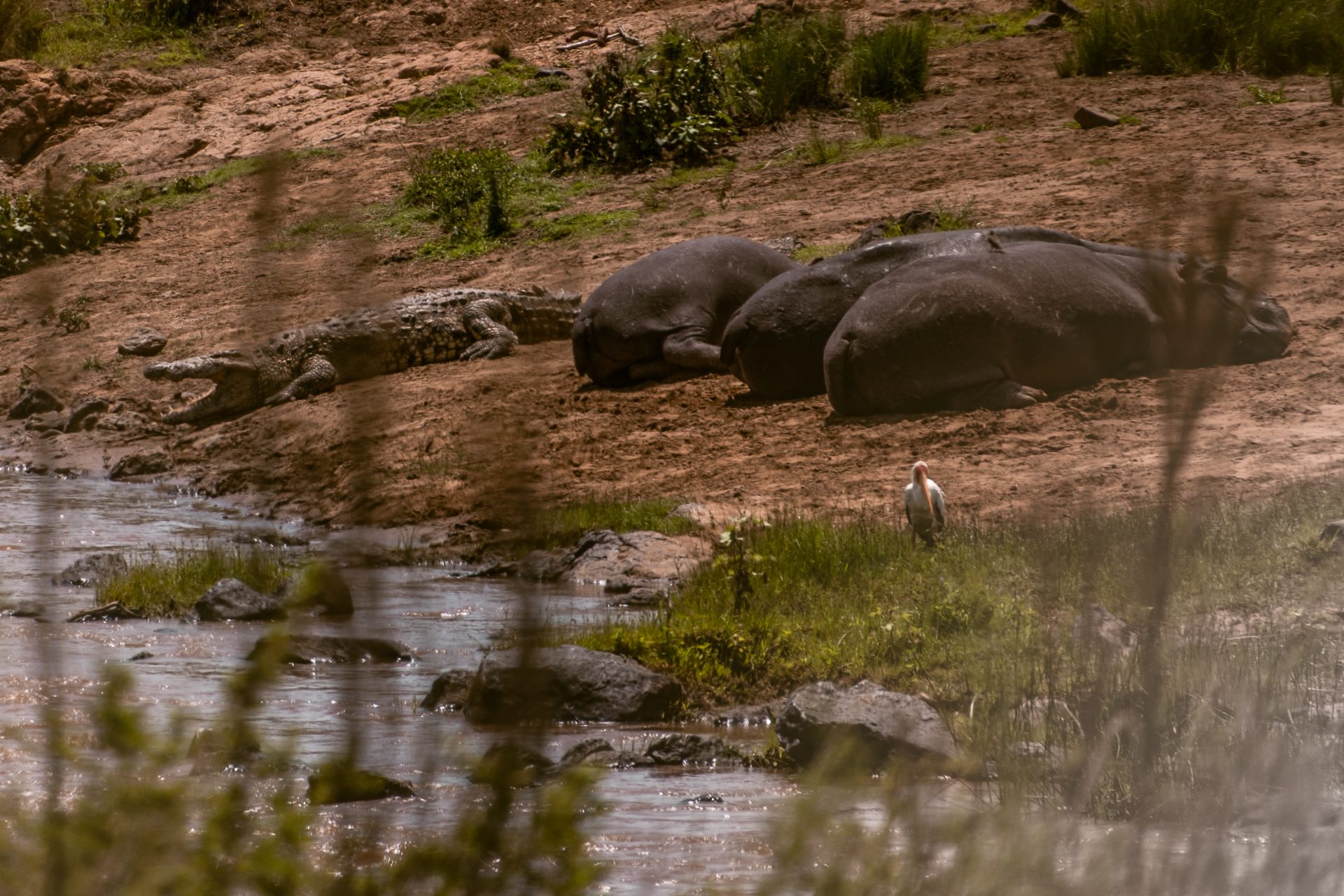
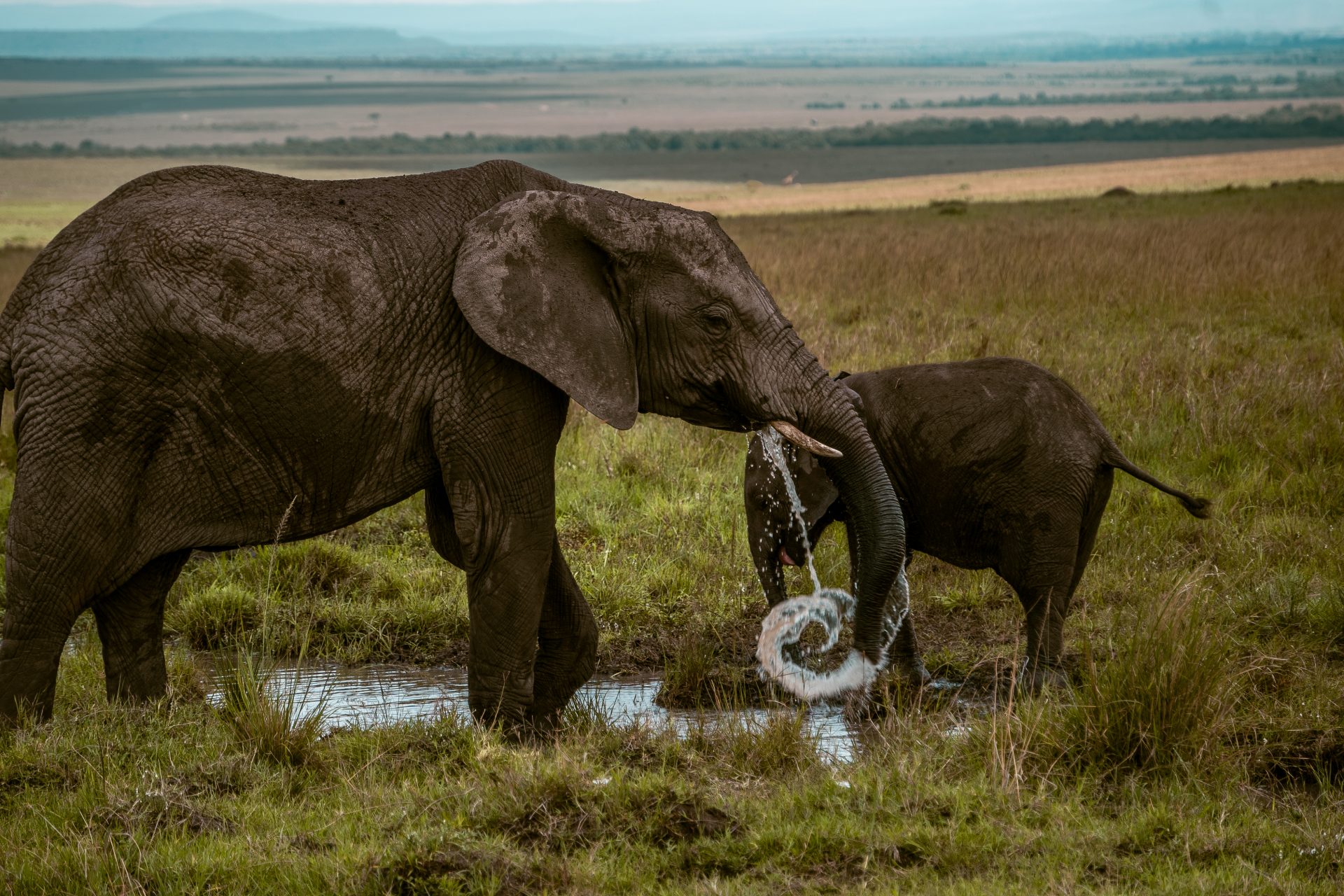
What to Do/See in the Masai Mara National Park?
#1 Visit a Masai Village
Undoubtedly one of the highlights of our trip through Kenya. Before we arrived in the Masai Mara, we made a stop at a Masai village. Upon arrival, we were welcomed by the residents, dressed in their brightly colored shukas (traditional robes) and beadwork jewelry, each with its own story and meaning. The Masai are known for their strong connection to their culture and nature. During our visit, we got a glimpse into their daily life, such as building mud huts, herding cattle, and the important role these animals play in their existence.
One of the most impressive moments was witnessing their traditional singing and jumping dance, known as the adumu. The warriors formed a circle and began to sing, their voices sounding like a hypnotic rhythm that completely captivated us. Then, one by one, they started jumping high into the air, as a symbol of strength and energy. The higher the jumps, the more respect the warrior receives within the community. A beautiful moment we were allowed to be part of.
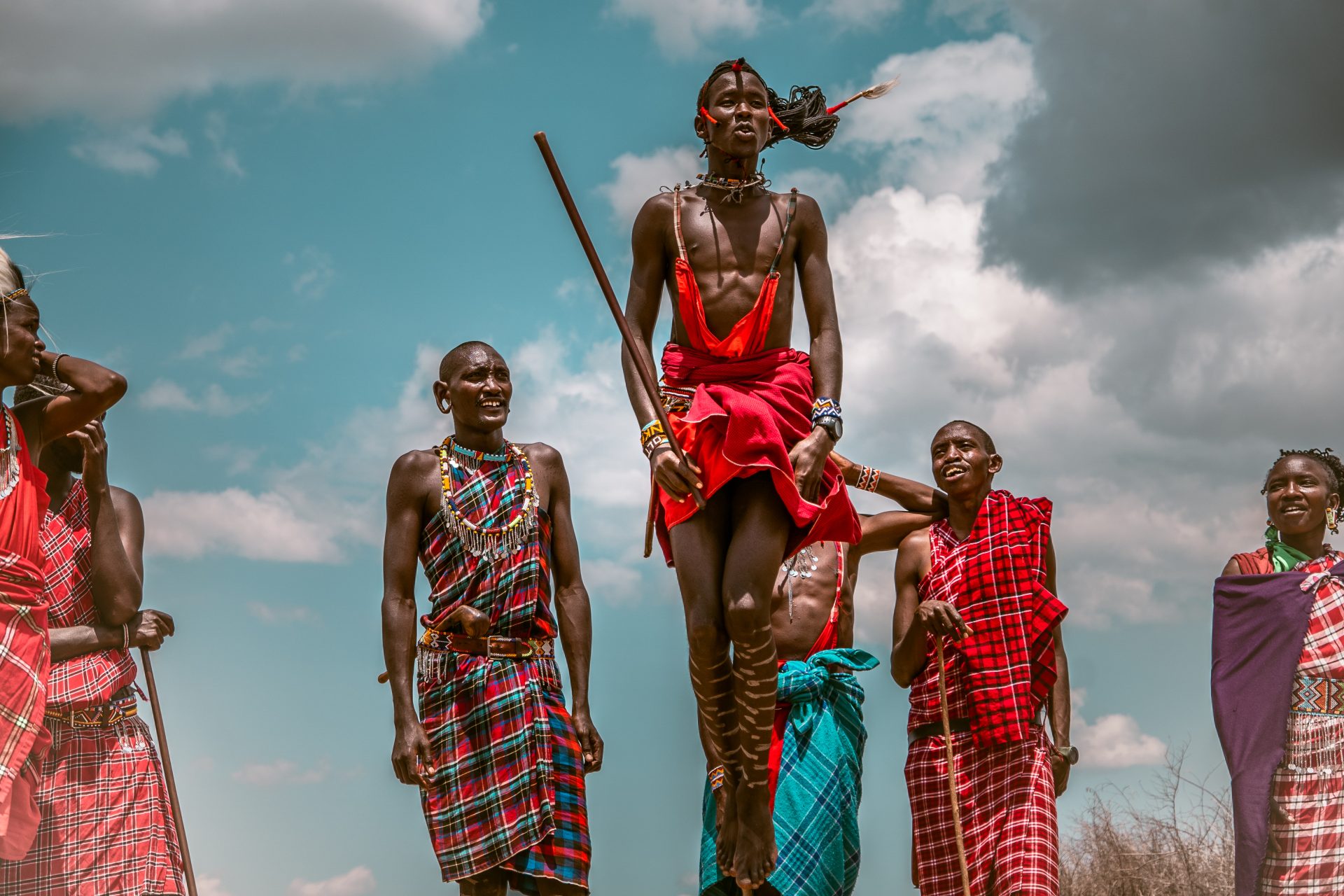
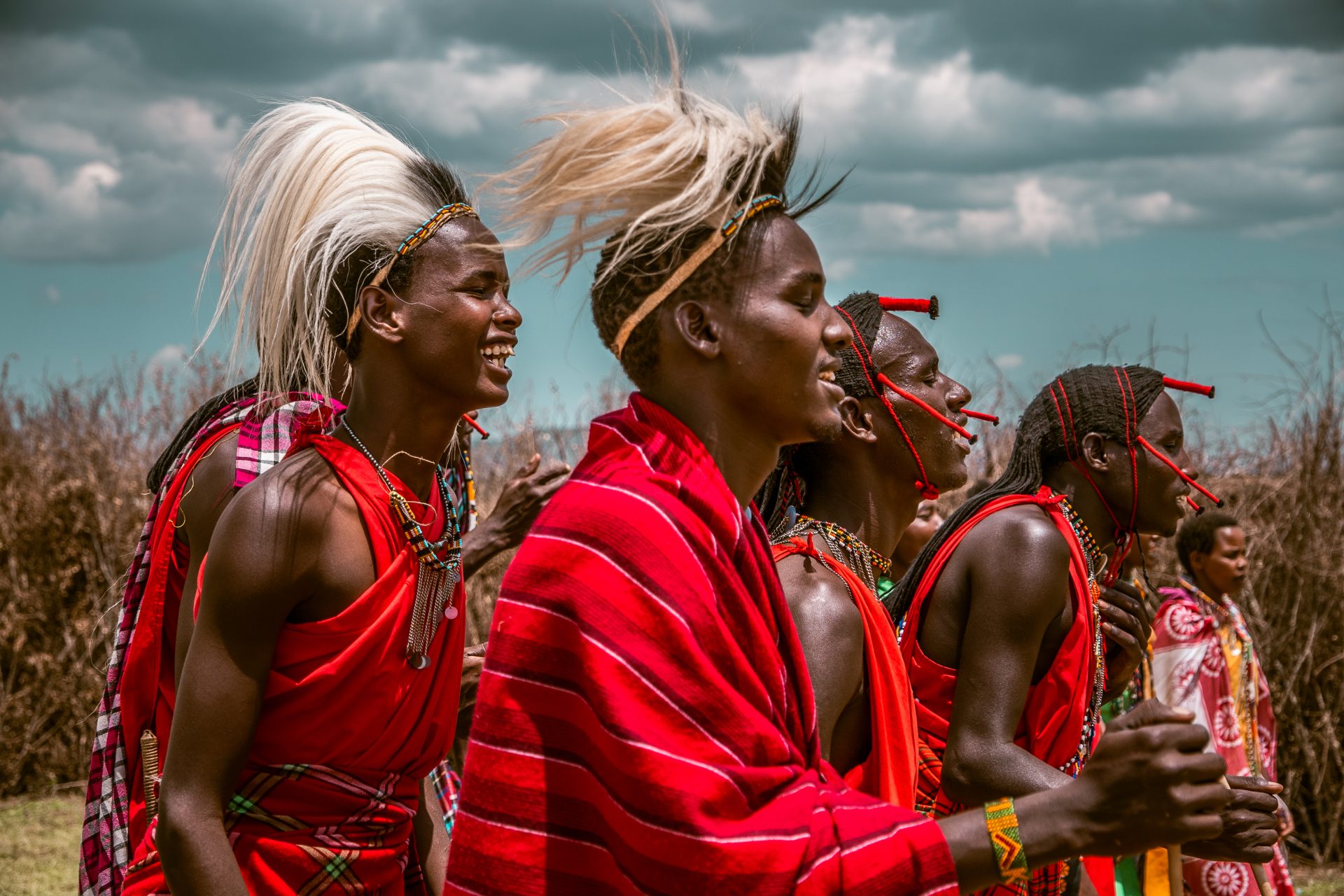
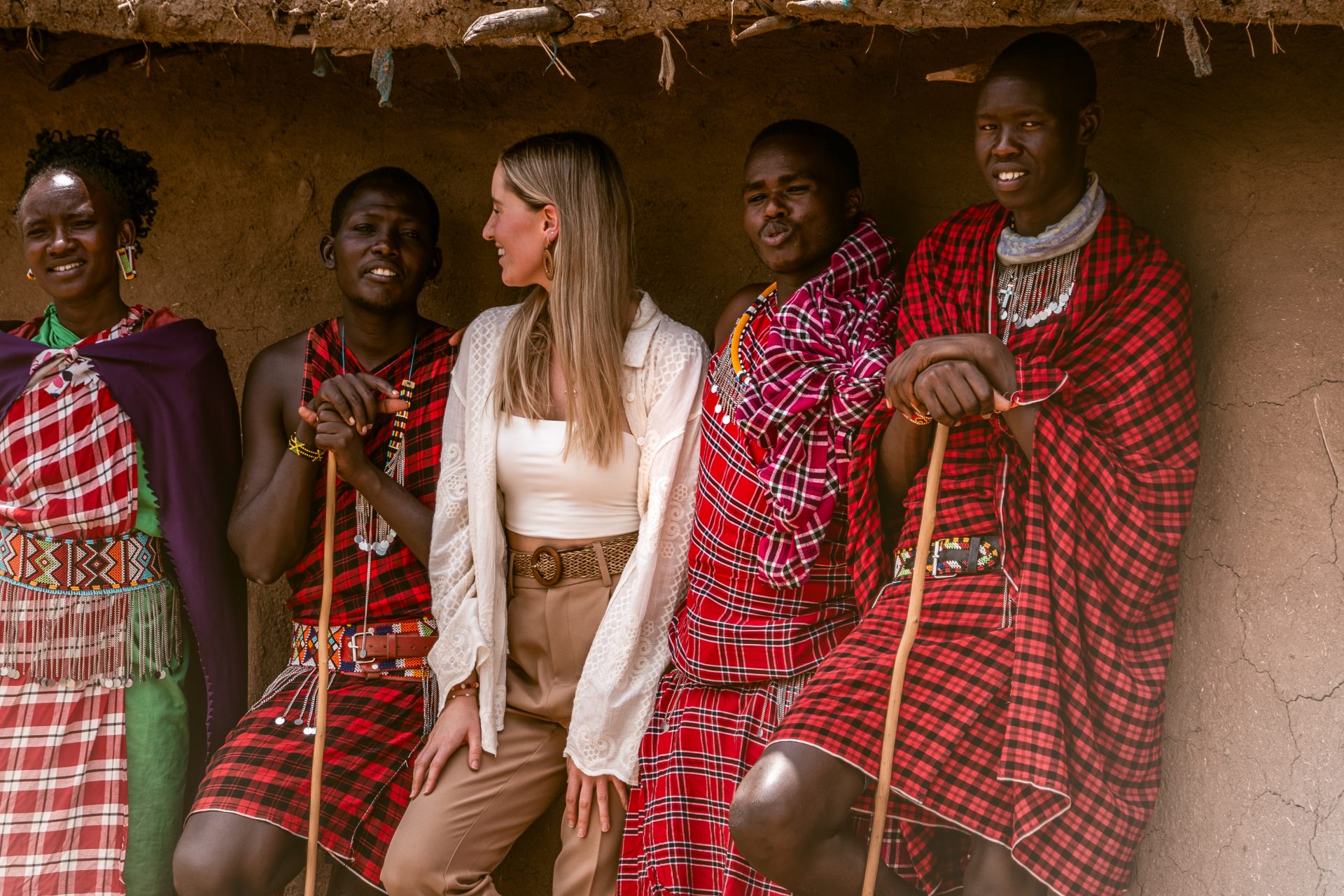
#2 Enjoy an African Sunset During a Walking Safari
As the sun slowly set towards the horizon and the savanna was bathed in warm golden hues, we ventured into the wilderness on foot with a Maasai and Ranger. It was a very different way to experience the wilderness – more intimate than from a jeep. We learned all about the poop and footprints of the animals while we were in the middle of the wilderness. Two giraffes looked down at us curiously but shy. When we got too close, they ran away. Further on, we encountered a group of gazelles, graceful and alert, ready to jump away at the slightest sound. They moved almost silently through the tall grass, their streamlined bodies perfectly adapted to this vast plain. The zebras and some wildebeests were also present! In the distance, we saw a mother elephant with her calf, only a few days old. We admired the scene in peace before returning to the camp. We said goodbye to Joni’s stomach cramps and her left-behind souvenir in the bushes. Some memories are better kept as a secret of the savanna.
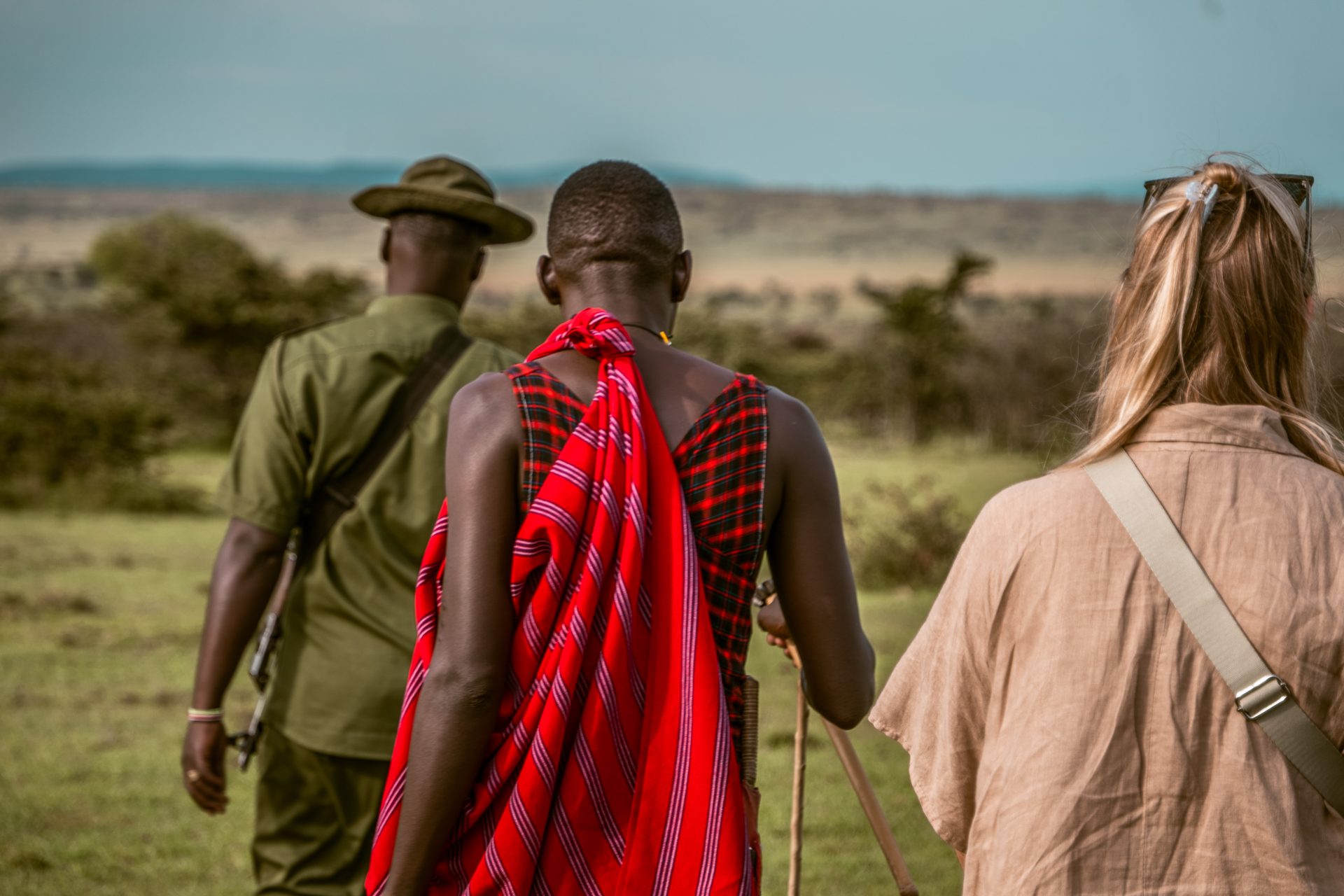
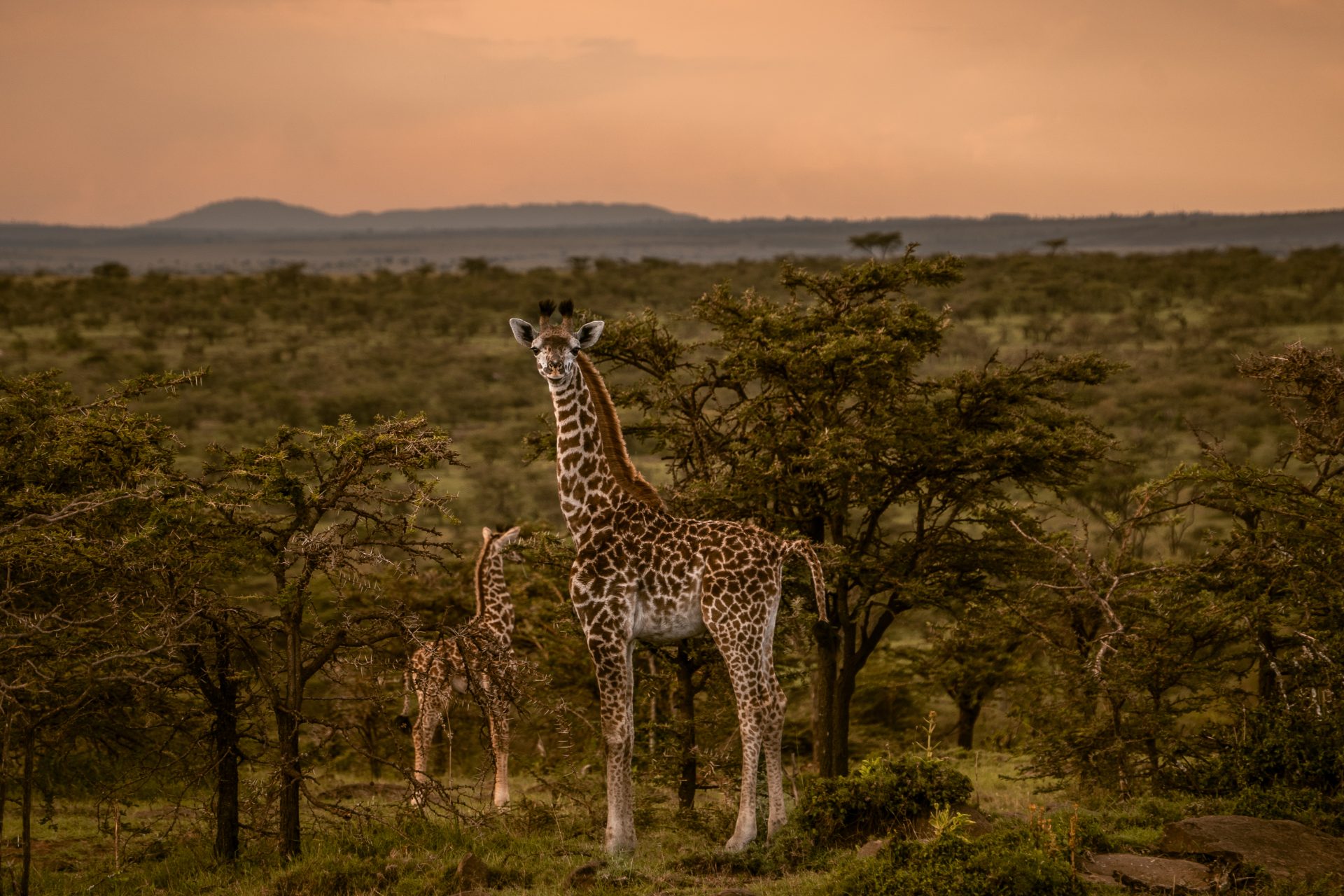
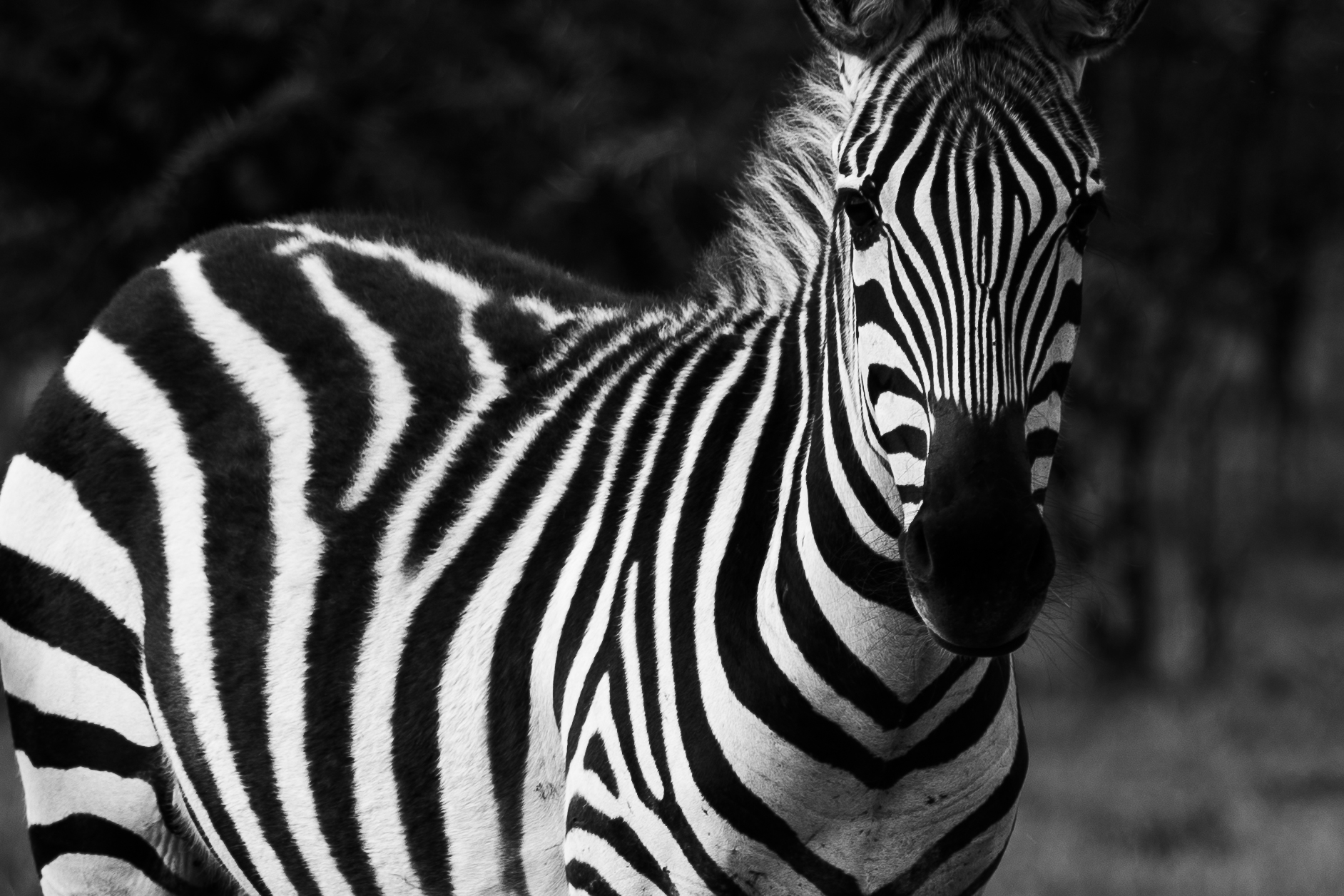
#3 Hot Air Balloon Safari
We did a hot air balloon safari in Amboseli National Park, and it was also an unforgettable experience. Not traveling to Amboseli? Then I can absolutely recommend booking a hot air balloon safari at Masai Mara. It may not be a cheap activity, but it’s definitely worth crossing off your bucket list. Floating above the breathtaking landscape, surrounded by herds of wild animals, you experience the wilderness from a whole new perspective.
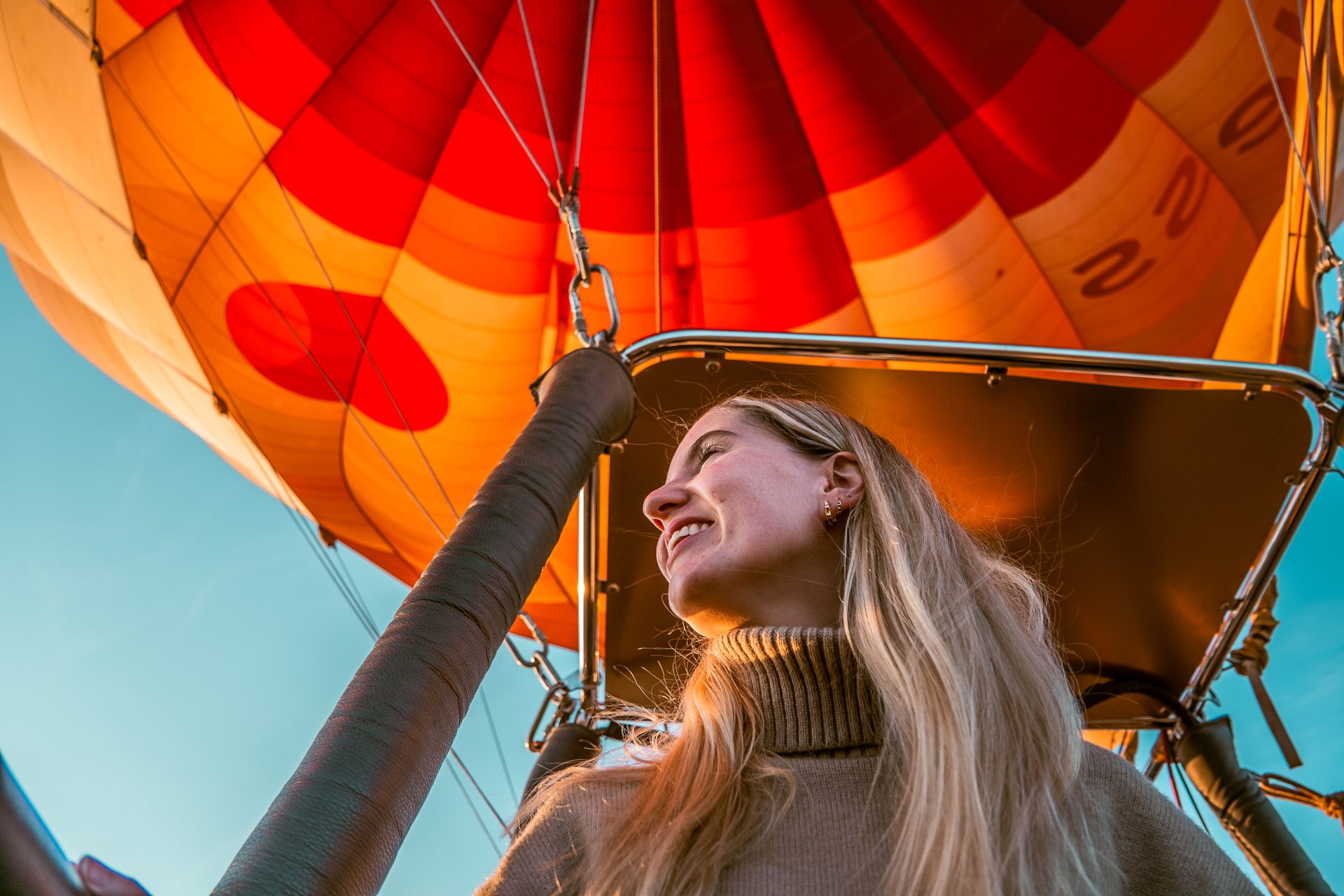
#4 Spot Wildlife on Safari
With an area of over 1,500 square kilometers, the Masai Mara National Reserve is an impressive natural habitat for the Big Five and countless other wild animals. Especially in the Mara Triangle, you have an exceptionally high chance of spotting both small and large wildlife, including majestic big cats. The Mara River, which flows through this triangle, plays a crucial role in this. It is often the first part of the reserve where the herds arrive after crossing the border with Tanzania.

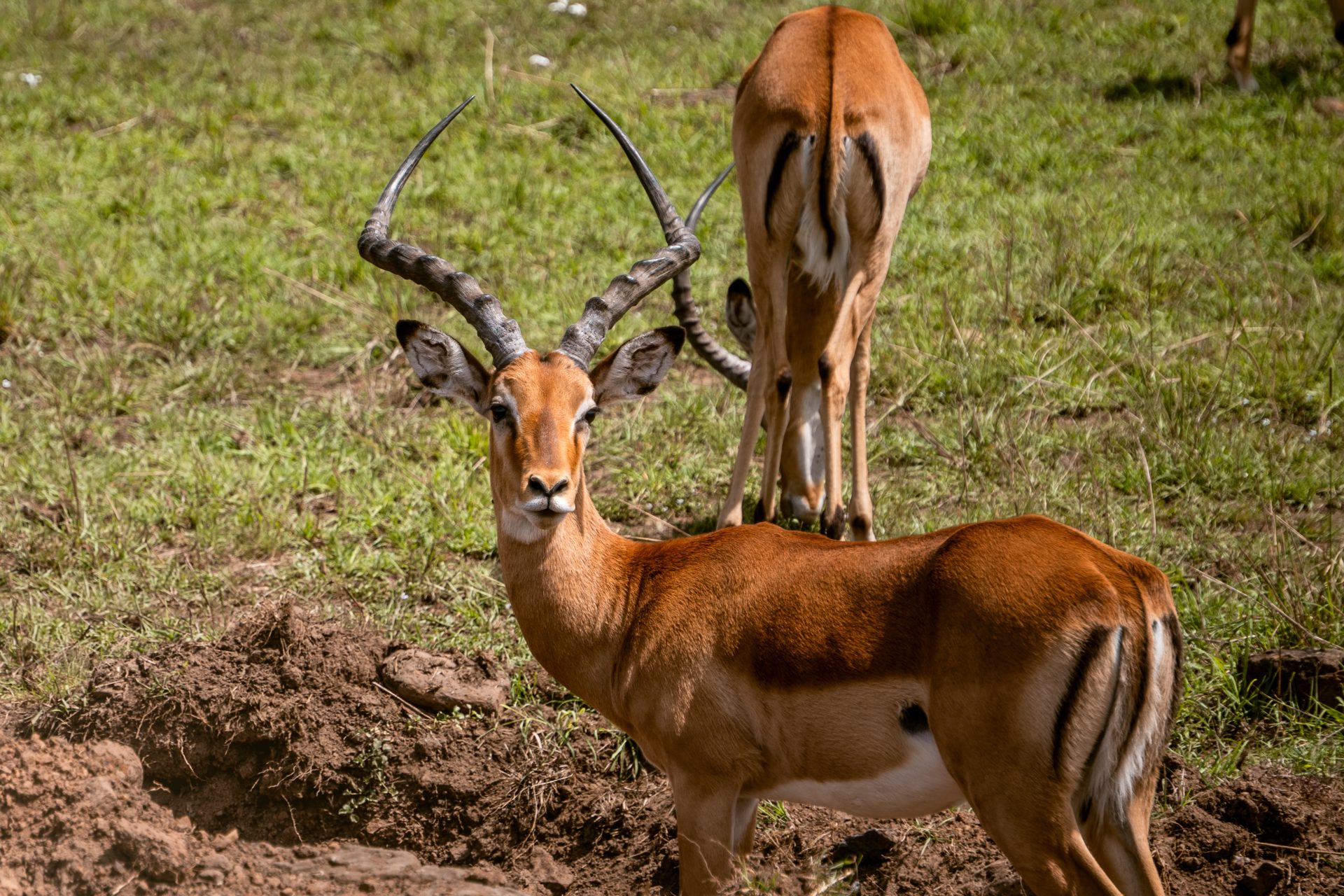
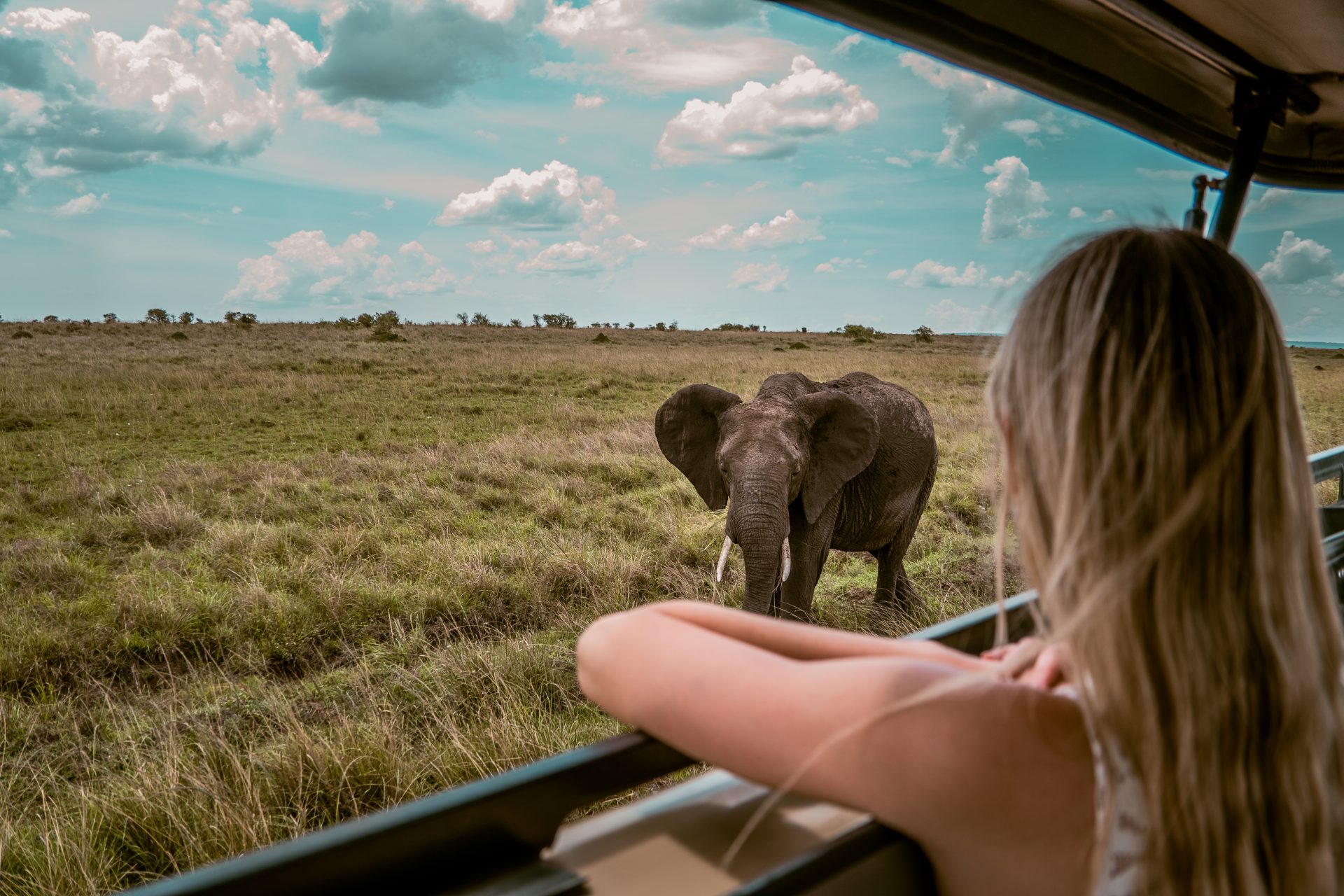
Between mid-July and mid-October, one of the most spectacular natural phenomena in the world takes place here: The Great Migration. Millions of wildebeests, zebra “s and gazelles cross the Mara River while hungry crocodiles patiently wait in the water. This exciting spectacle attracts countless travelers and photographers from around the world every year. Unfortunately, we were just too late for this impressive spectacle, but a safari in the Masai Mara is worth it all year round. The unique landscapes and the enormous diversity of wildlife made a deep impression on us. There are few parks where you see so many animals together and have such” a great chance of spotting the Big Five.
With our minds full of wonderful memories and our hearts full of gratitude, we said goodbye to the breathtaking Masai Mara. We continued our journey through Kenya, ready for our next Adventure!
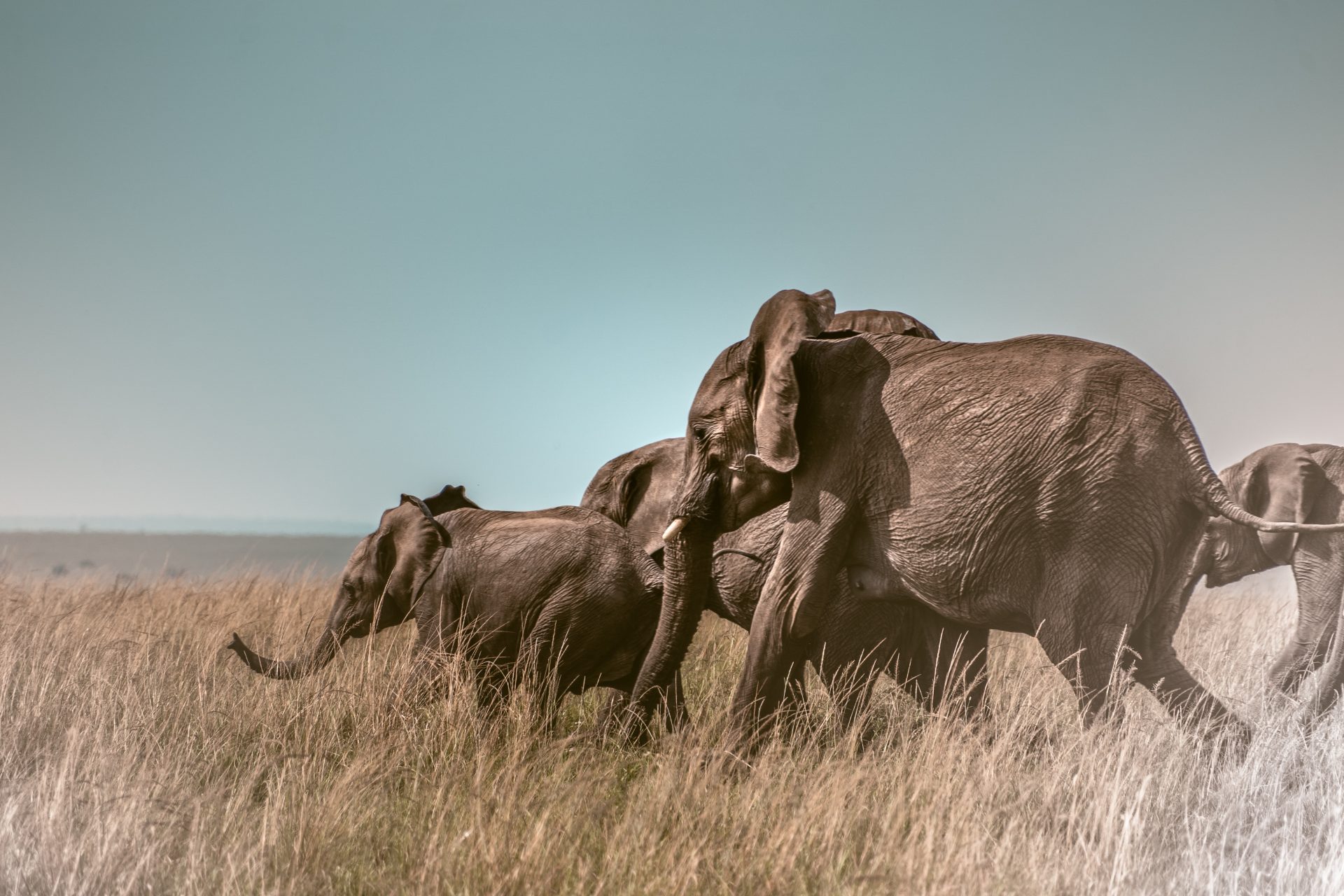
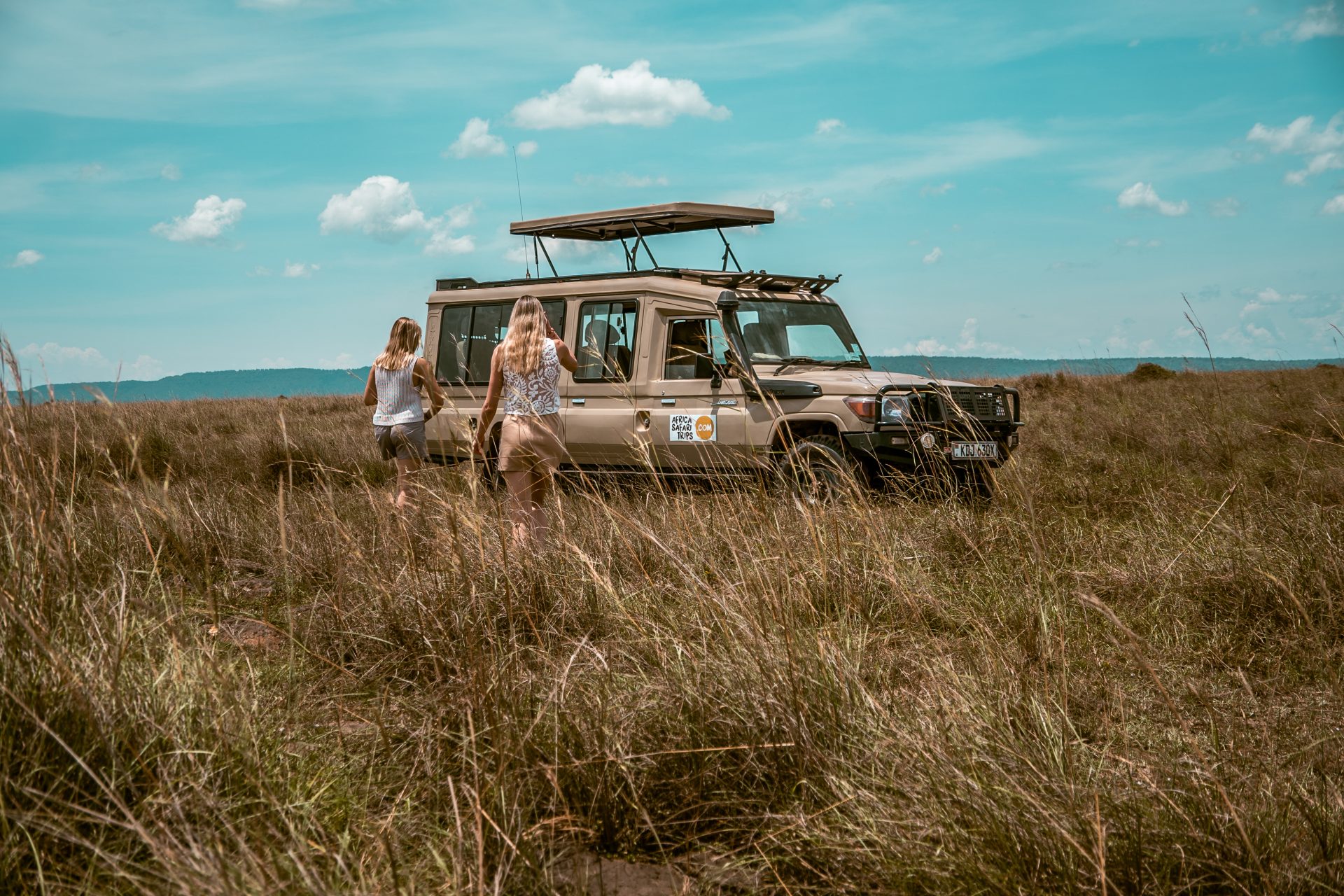
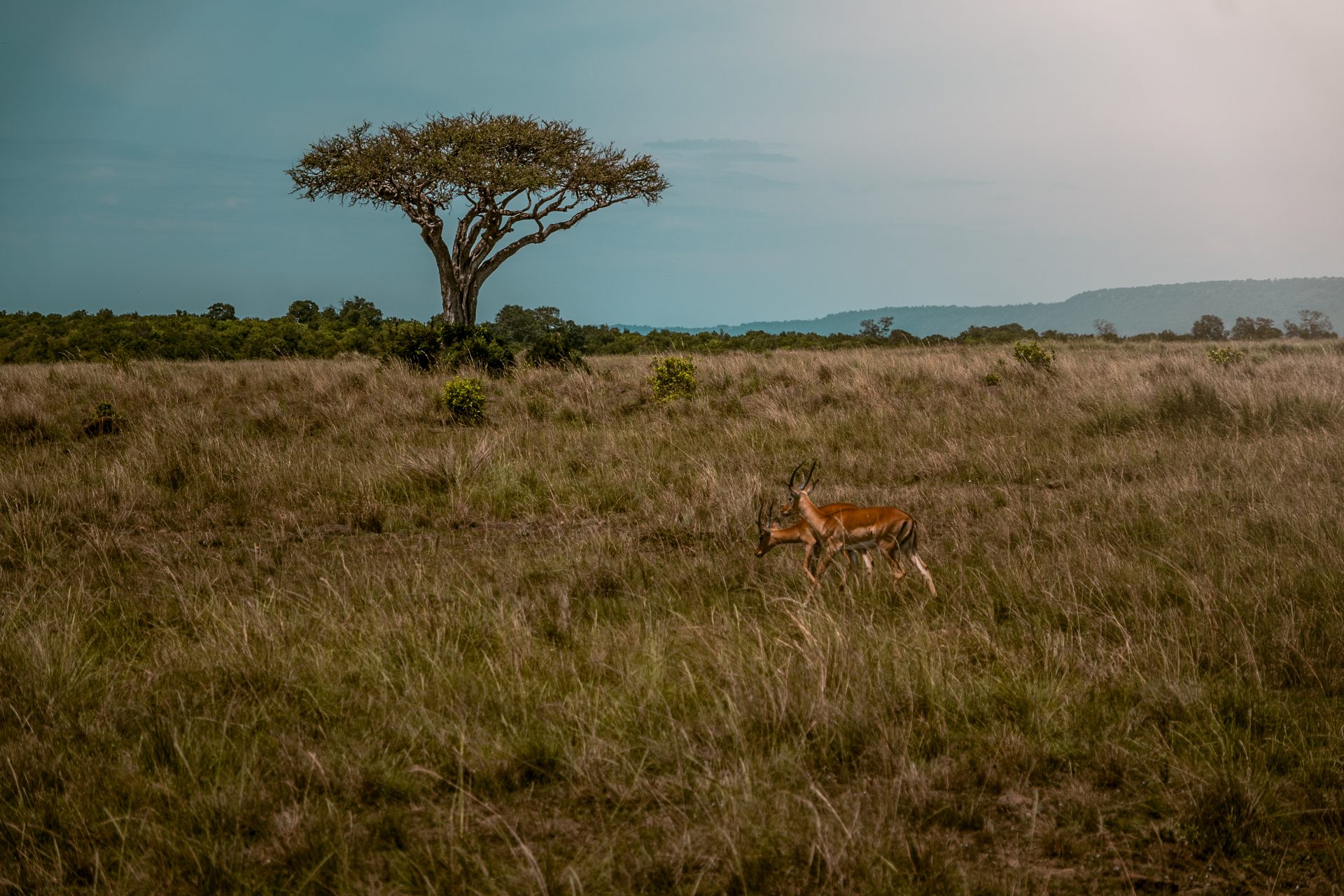
Where to Stay in Masai Mara?
You can stay both inside and outside the park. Staying in the park will obviously cost you more. We stayed at the Zebra Plains Mara Camp. This boutique tent camp is the perfect mix of luxury and adventure, right in the heart of the Masai Mara. Take a refreshing dip in the lovely pool while overlooking the savanna, where zebra “s and impala” s graze peacefully. Enjoy a delicious buffet, relax in the comfortable tents, and be pampered by the friendly and helpful staff. Everything you need!
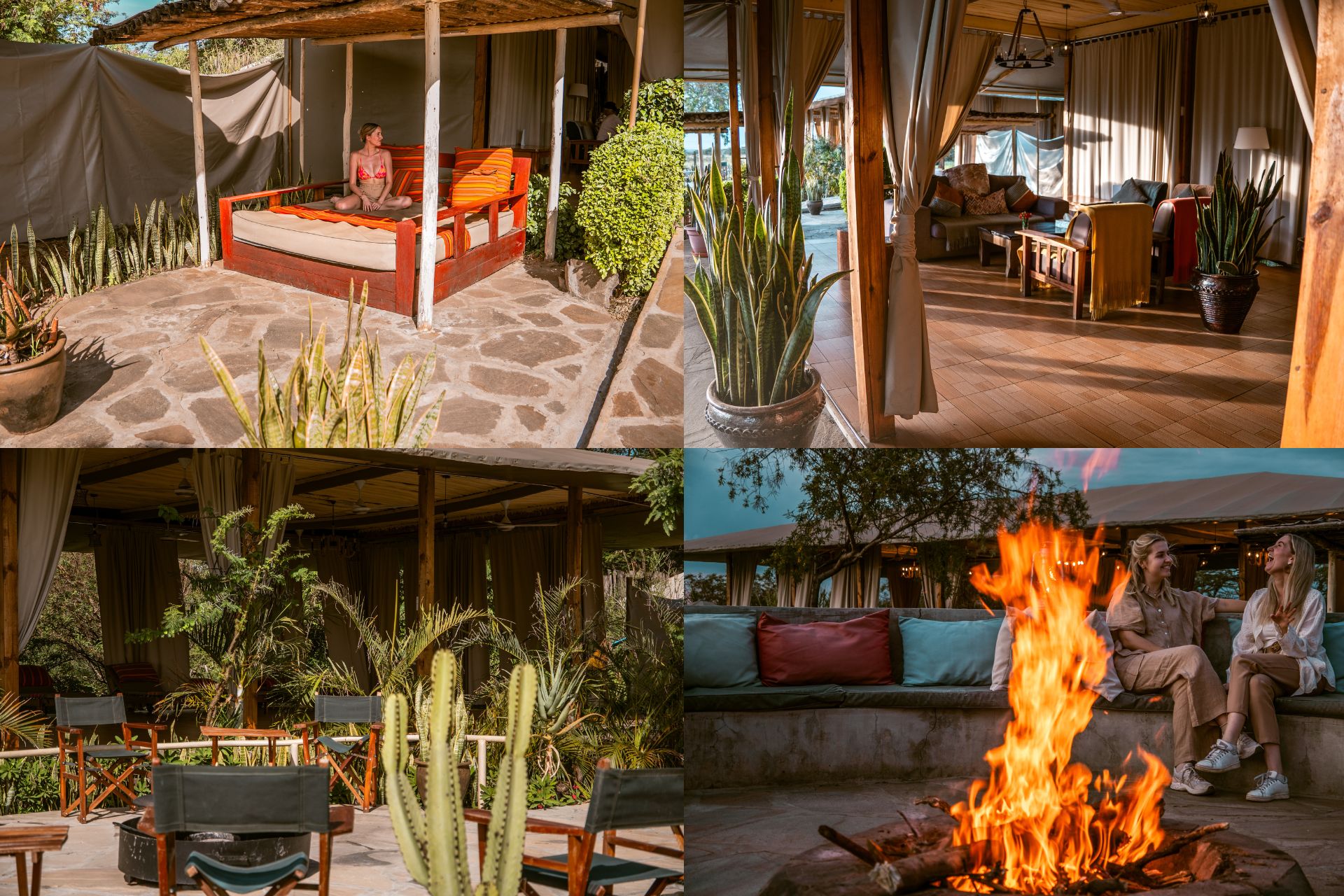
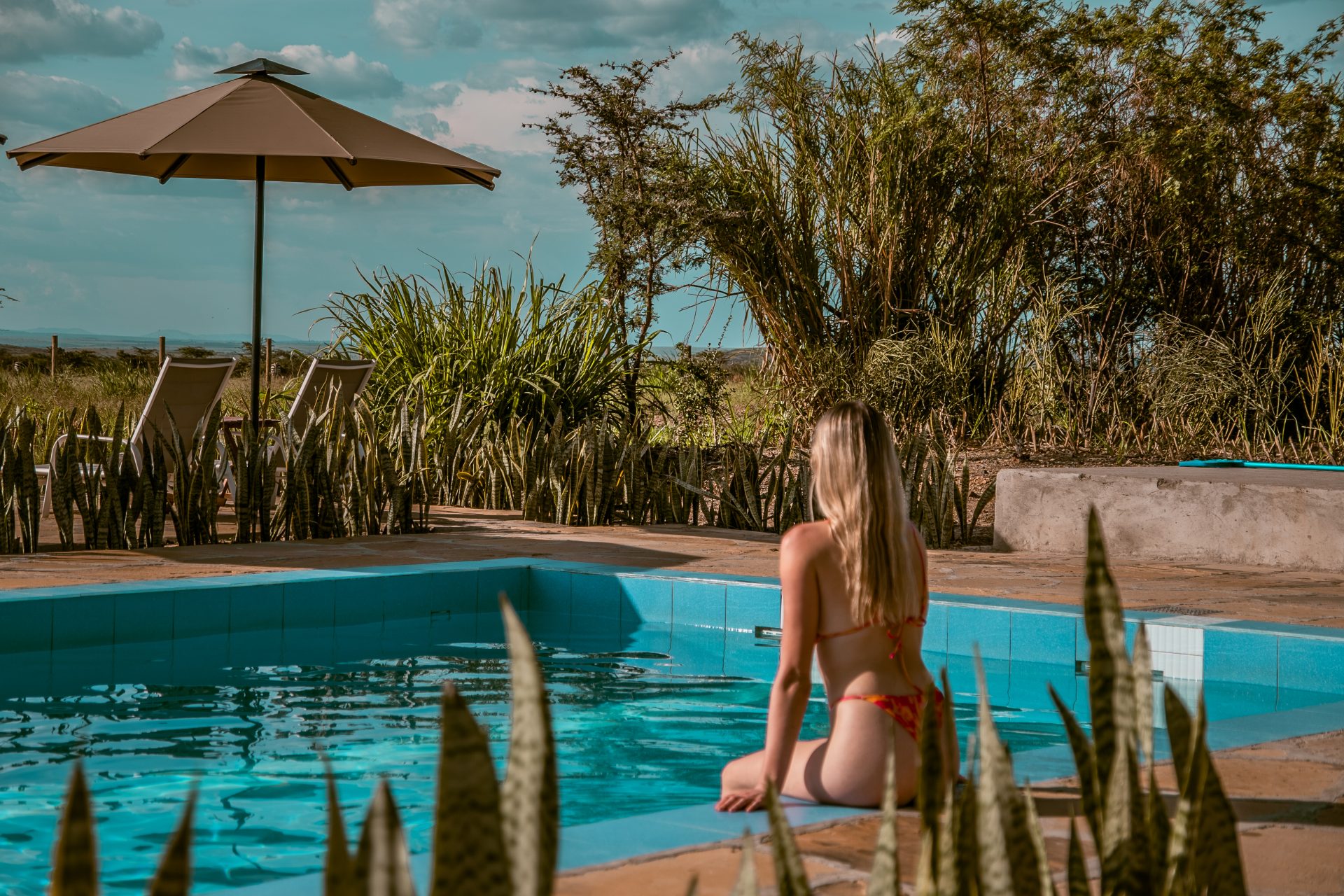
I can also highly recommend the following accommodations. For those traveling on a smaller budget, I have selected several great options that are both comfortable and affordable. Budget accommodations start at around 200 euros per night – a reasonable price given the unique location and experience.
However, if you want to spoil yourself, there are some incredible exclusive lodges that guarantee an unforgettable stay. My personal favorites, which I found online, not only offer beautiful views and excellent service, but also immerse you completely in the magic of the savannah. Most high-end lodges start at 1,500 euros per night.
More Kenya Inspiration
- 10-day itinerary through Kenya (Nairobi to Mombasa)
- Discover Wild and Untamed Tsavo West
- Visit elephant paradise Amboseli
- Lake Naivasha & Crescent Island
Support YoungWildFree
This article contains affiliate links. When you make a purchase through these links, we receive a small commission. This is how youngwildfree can continue to exist.

